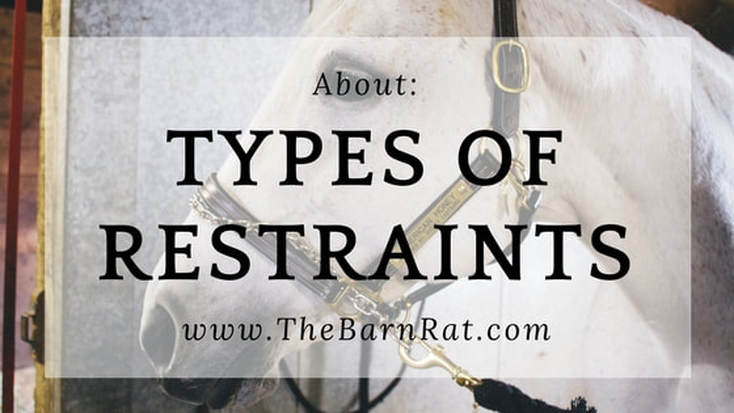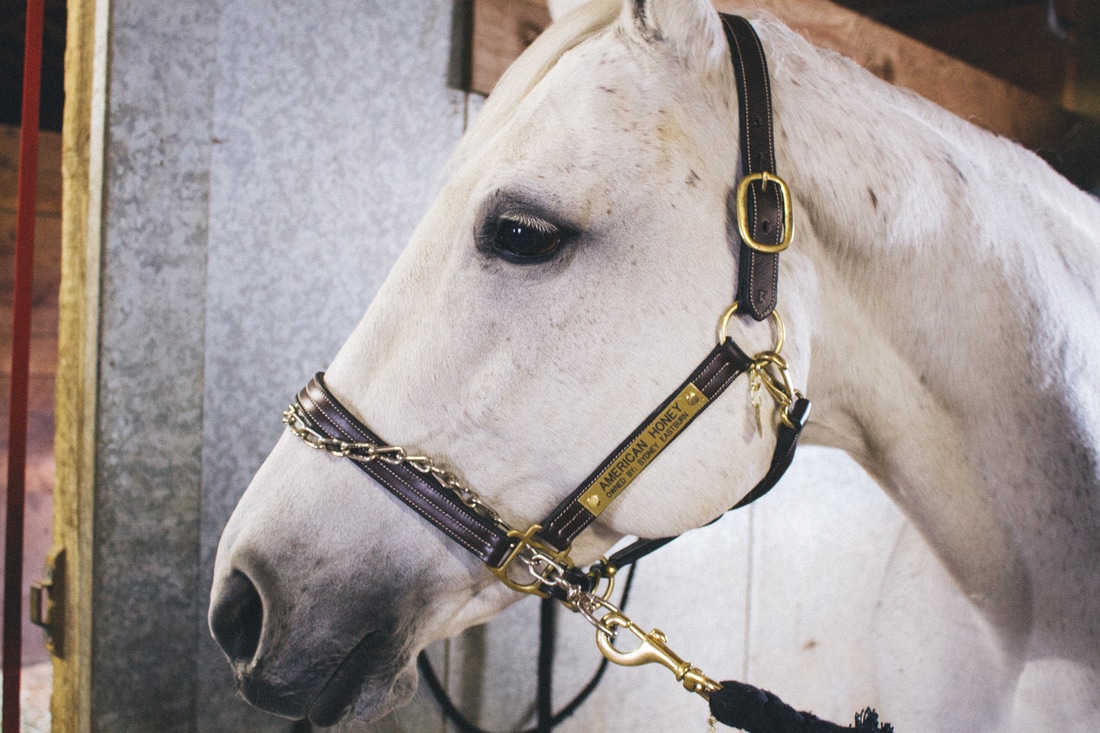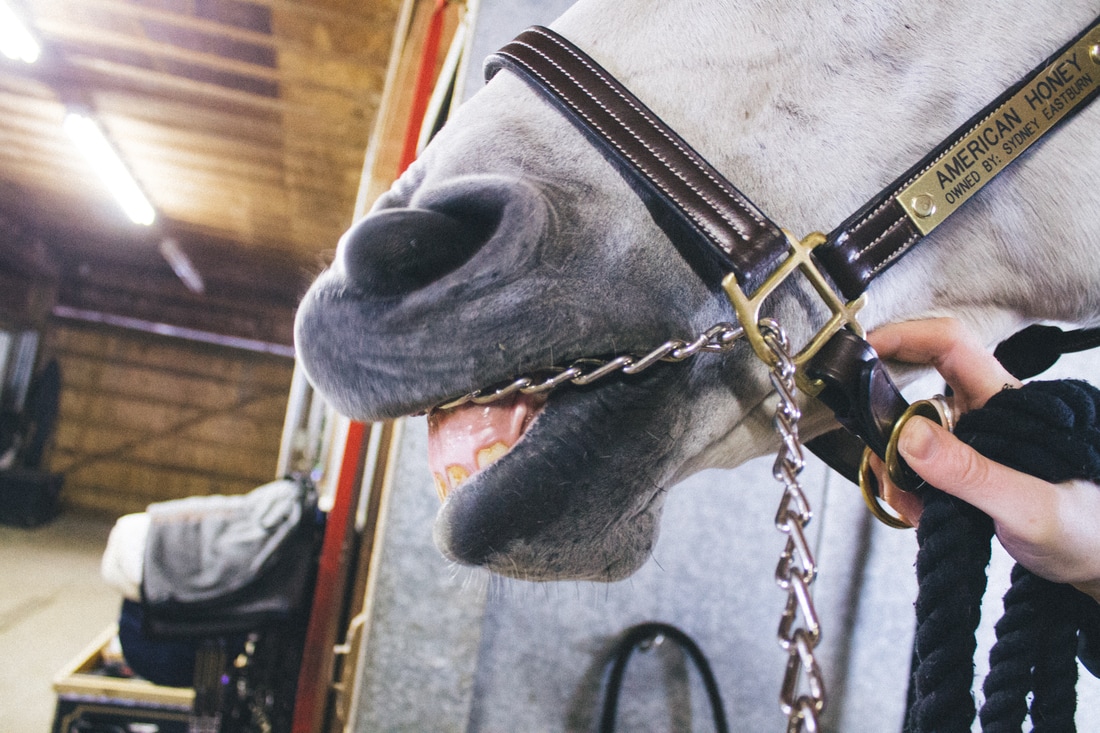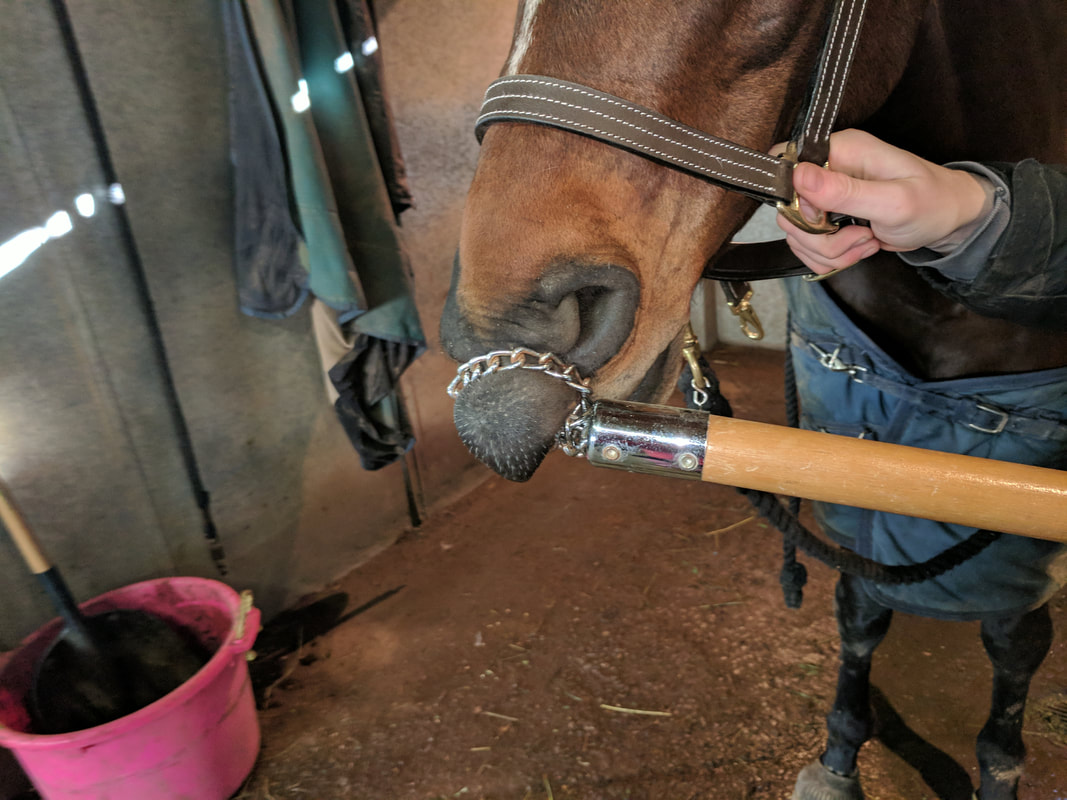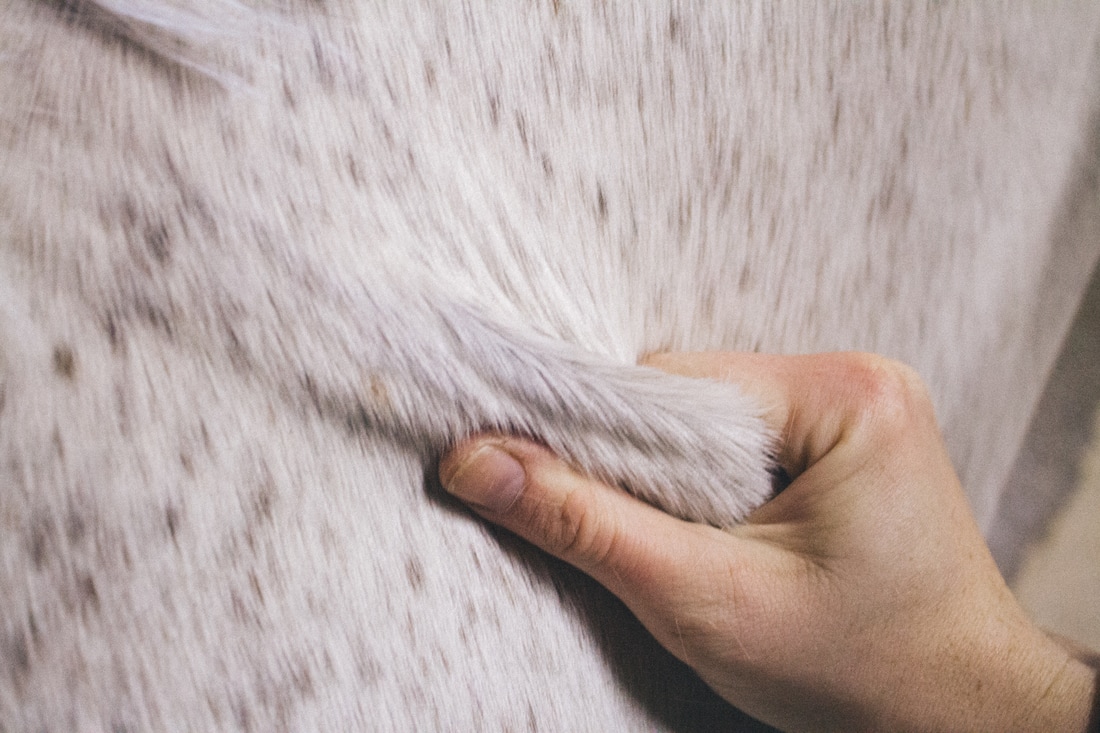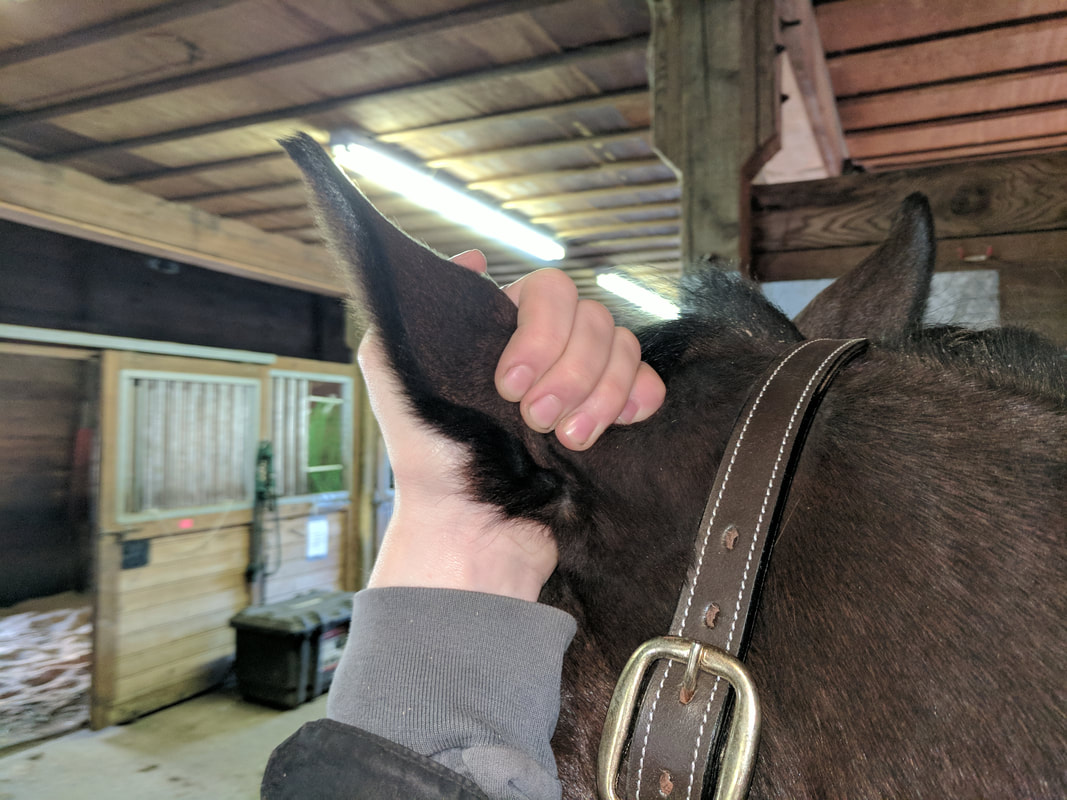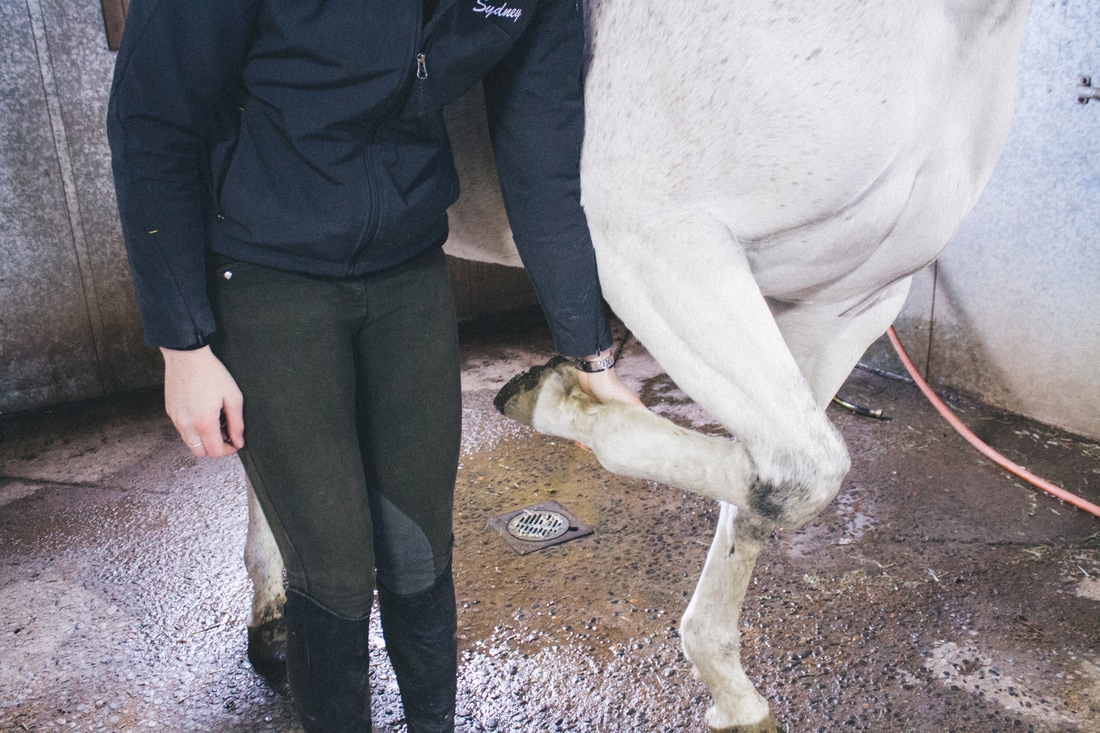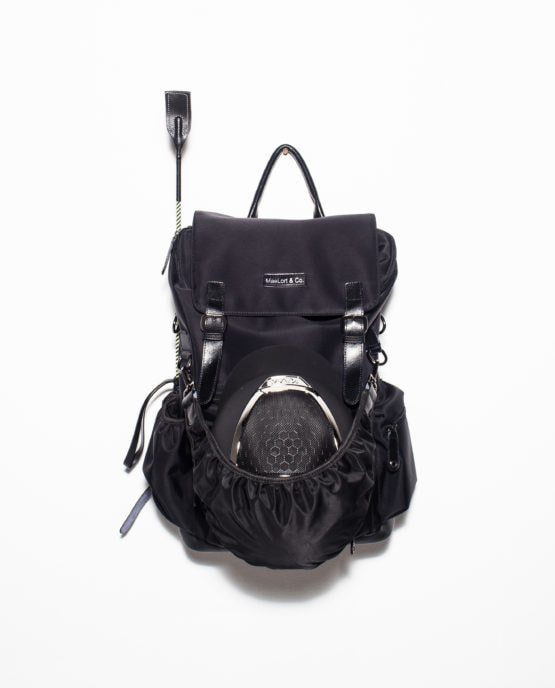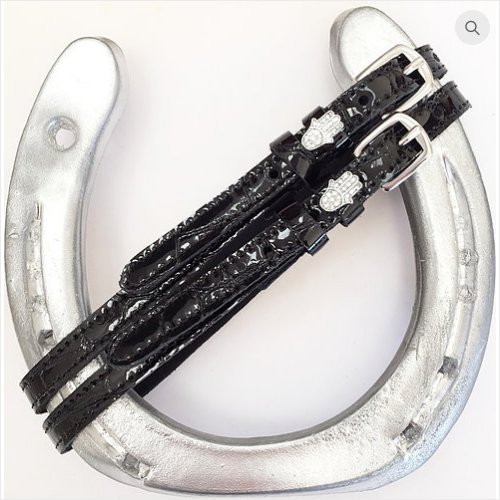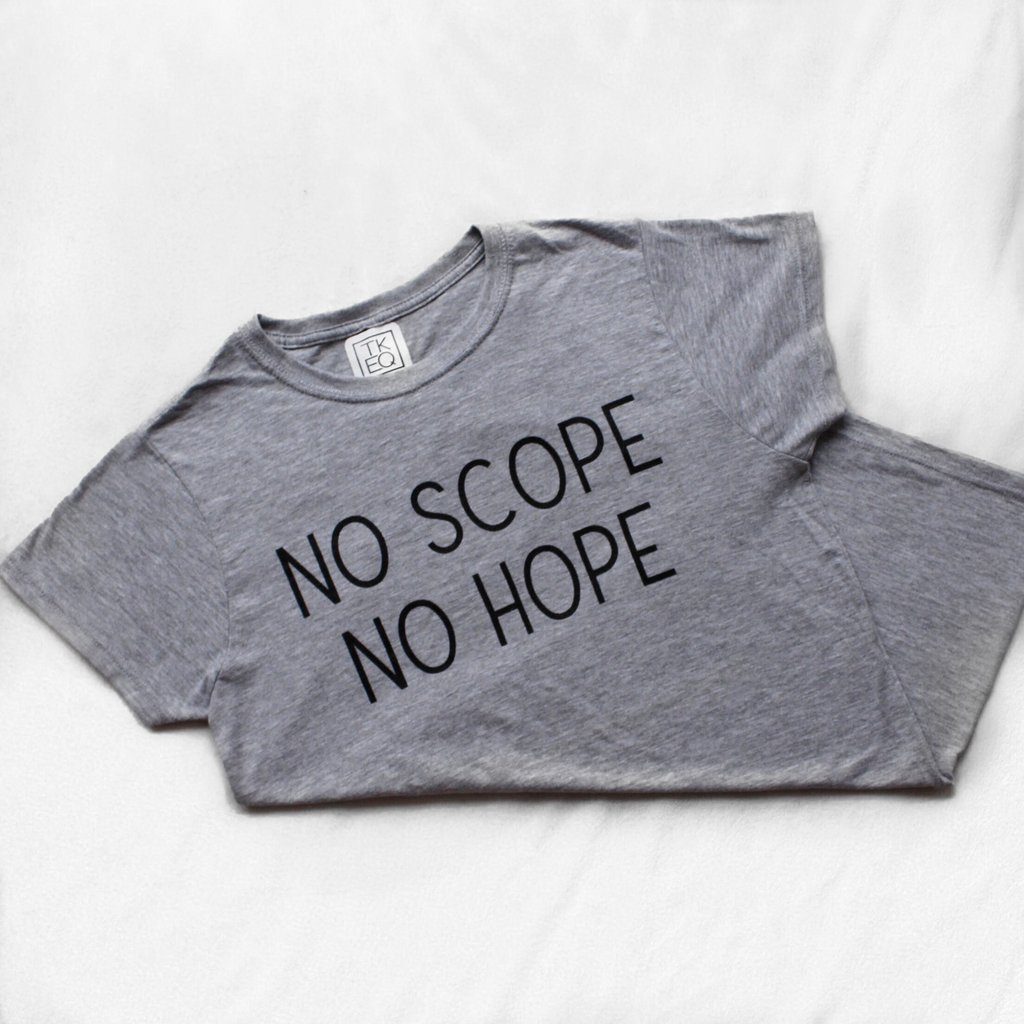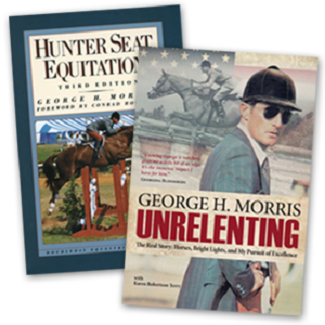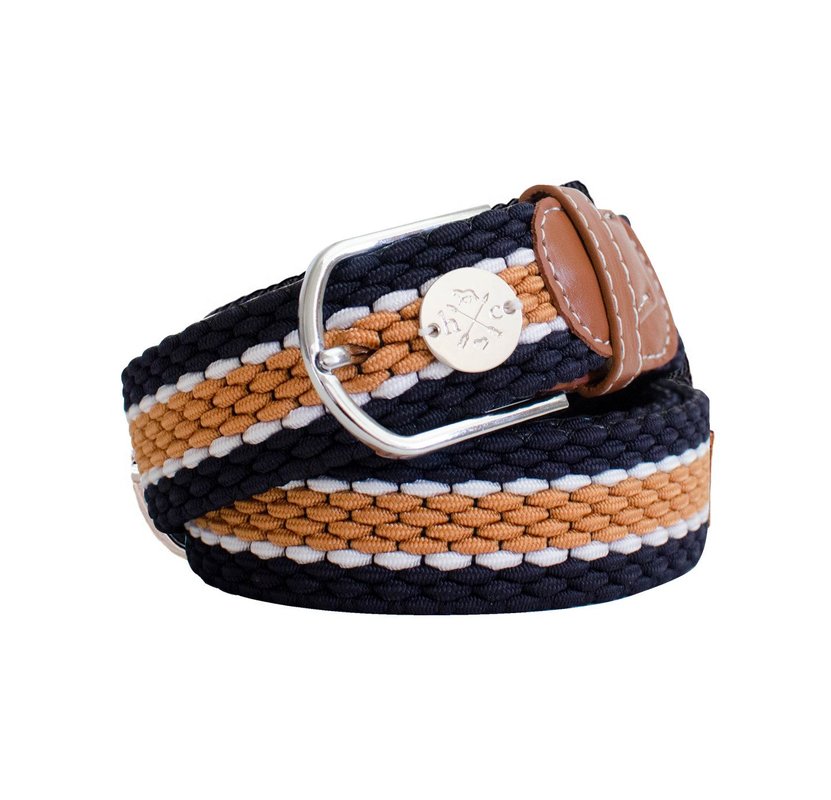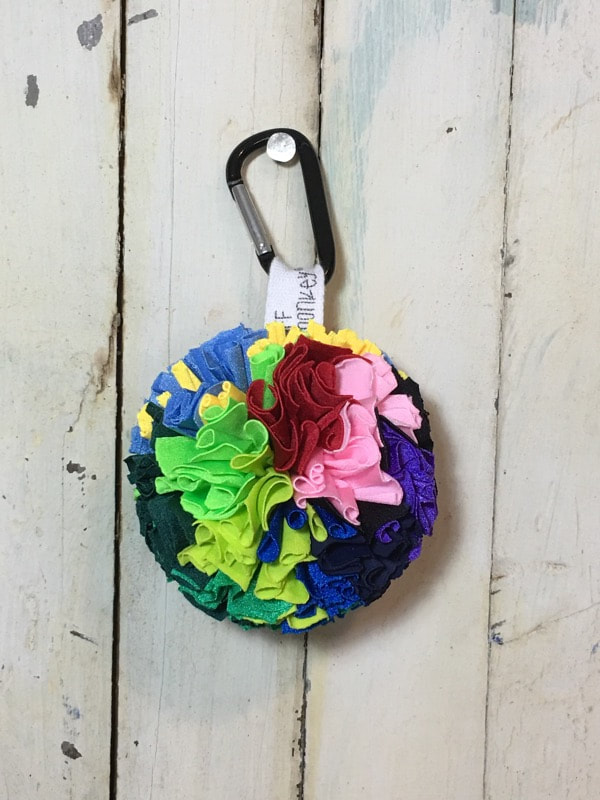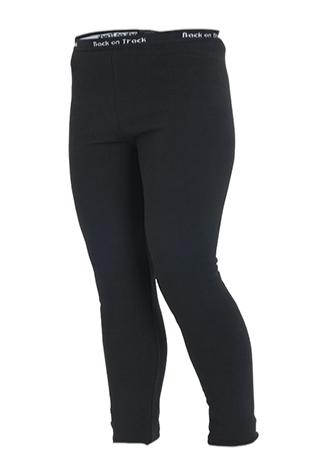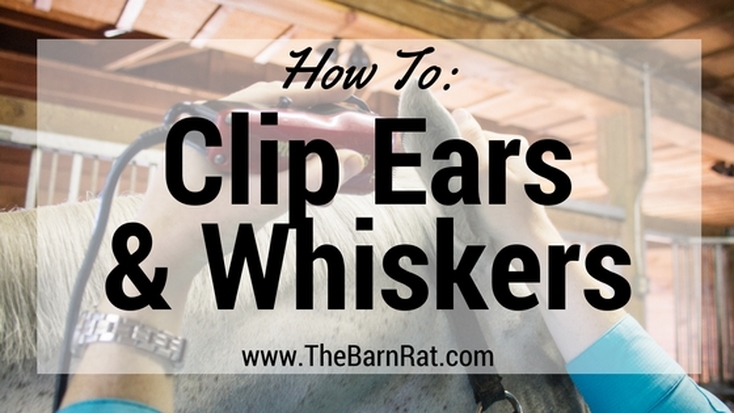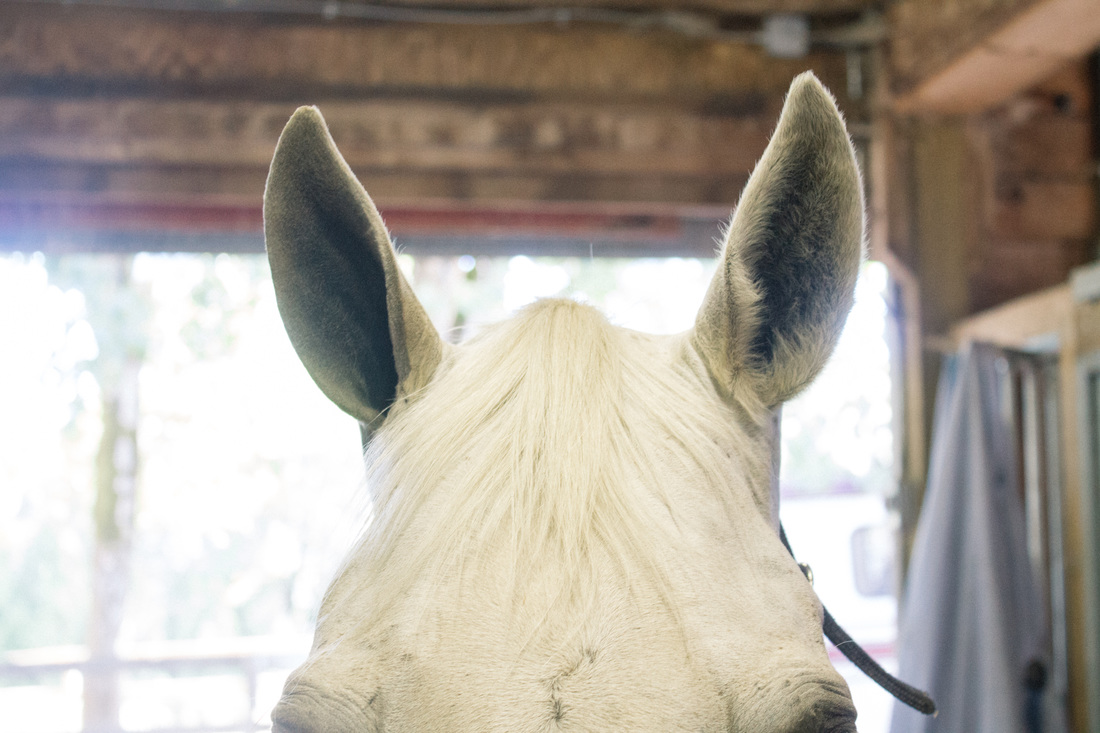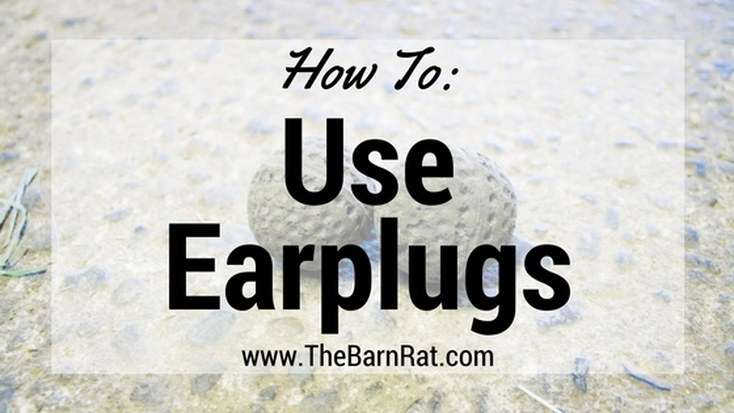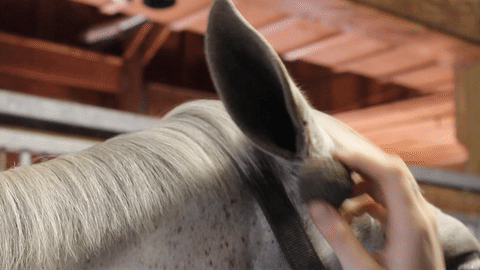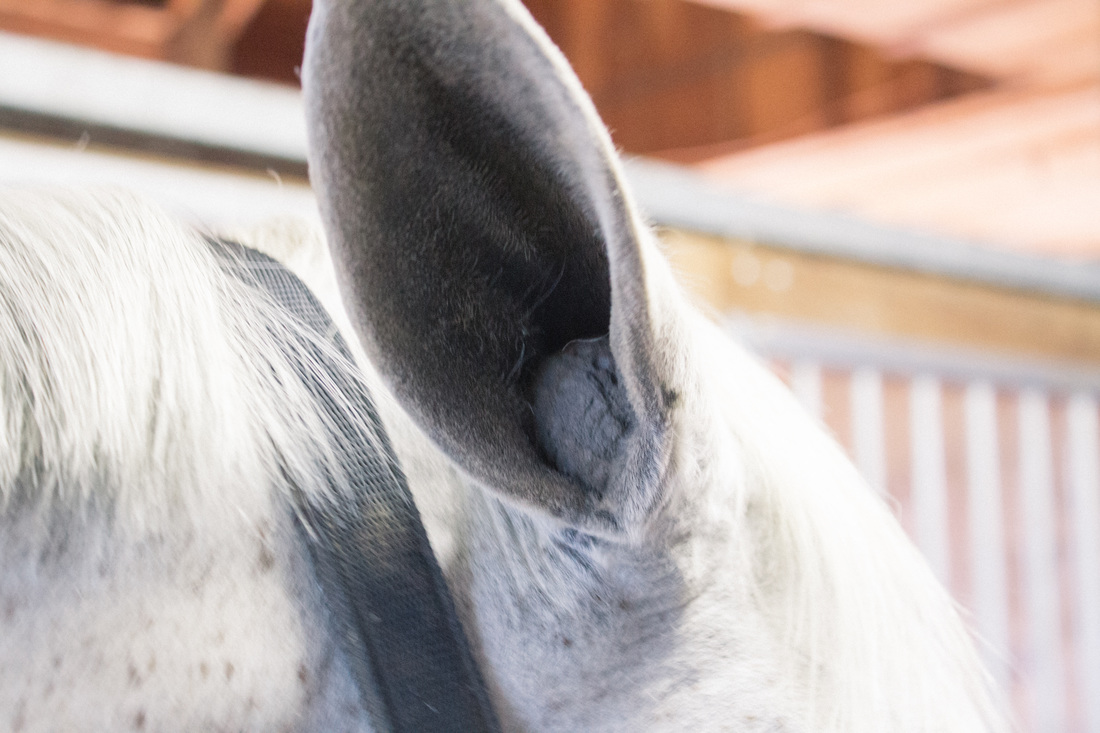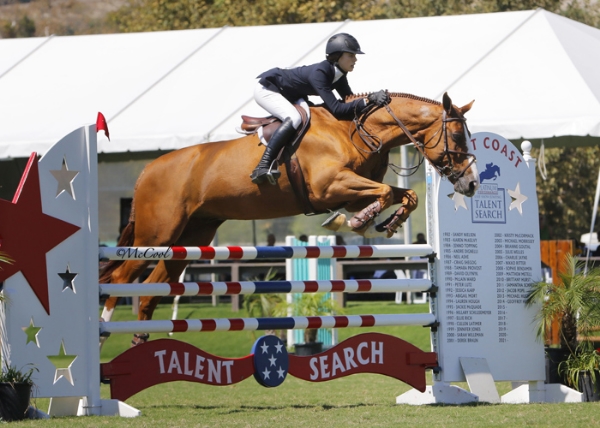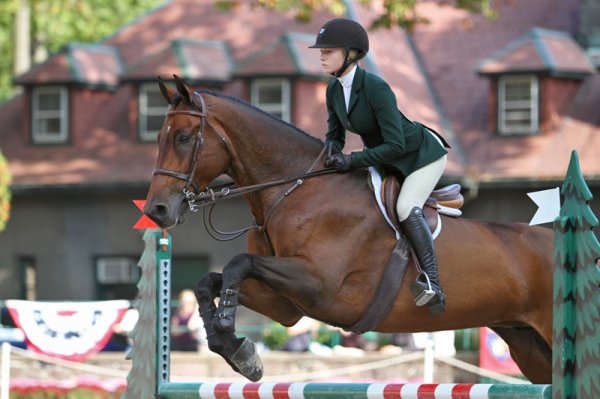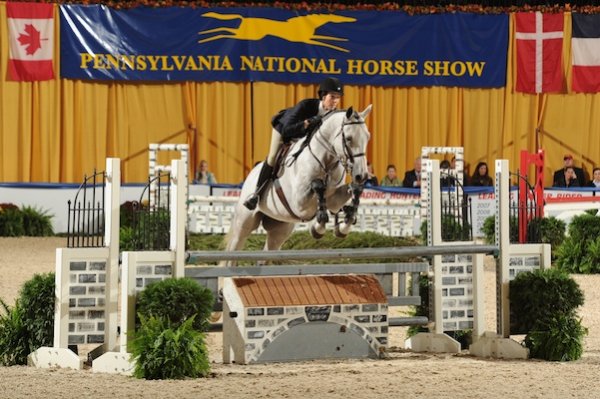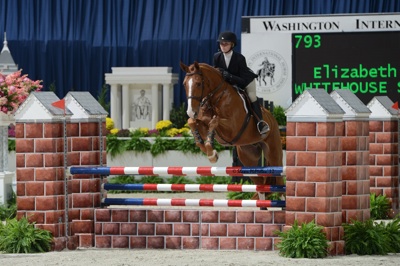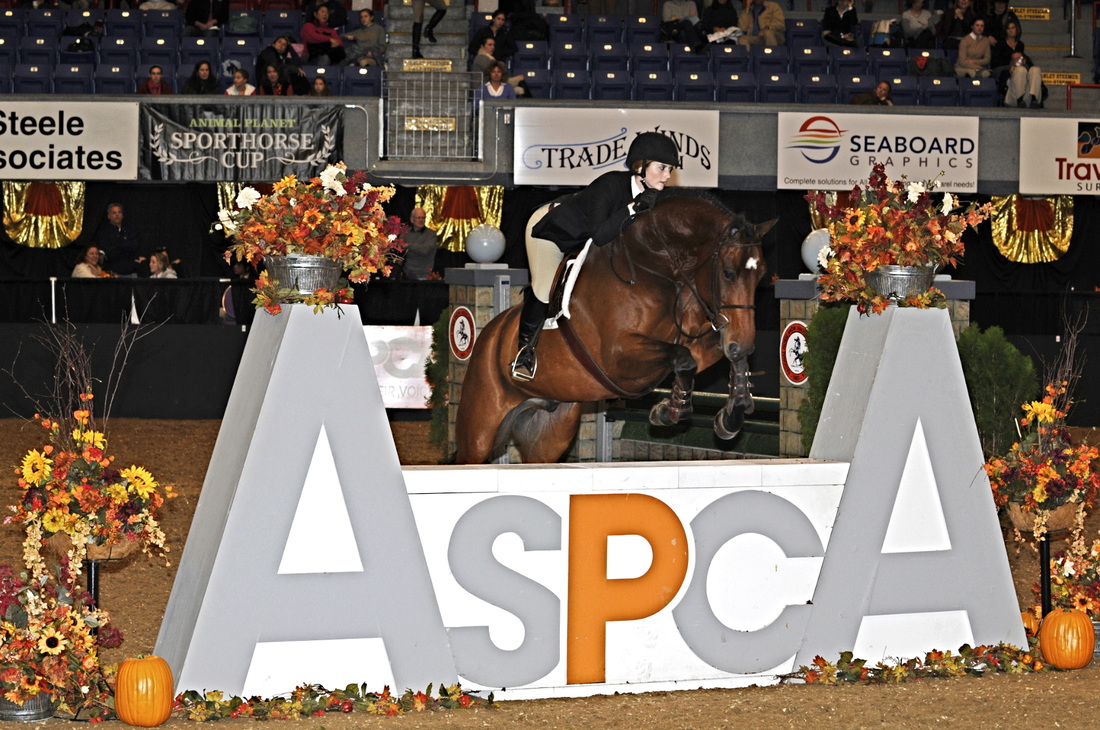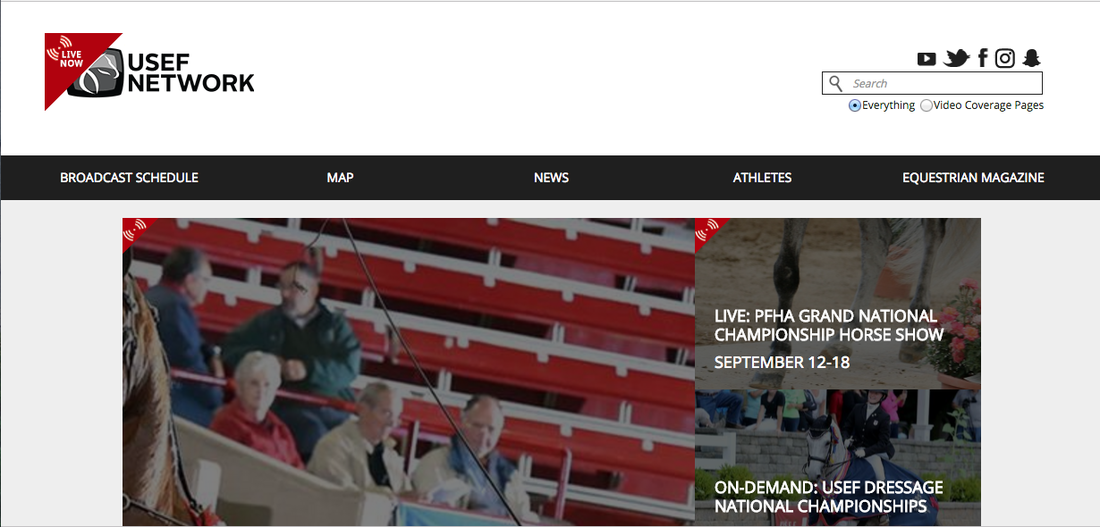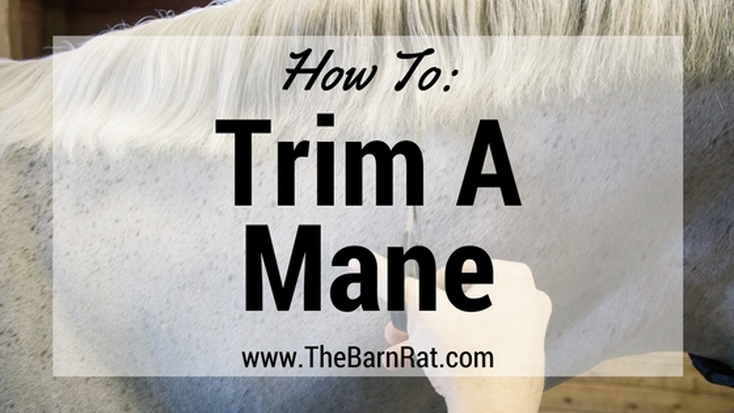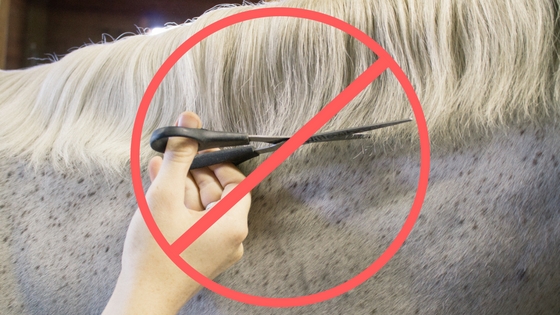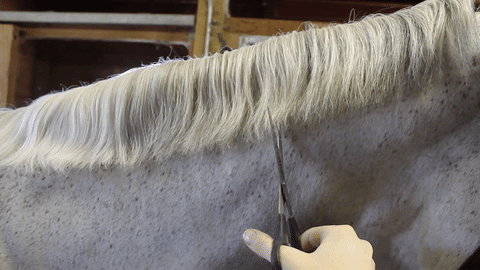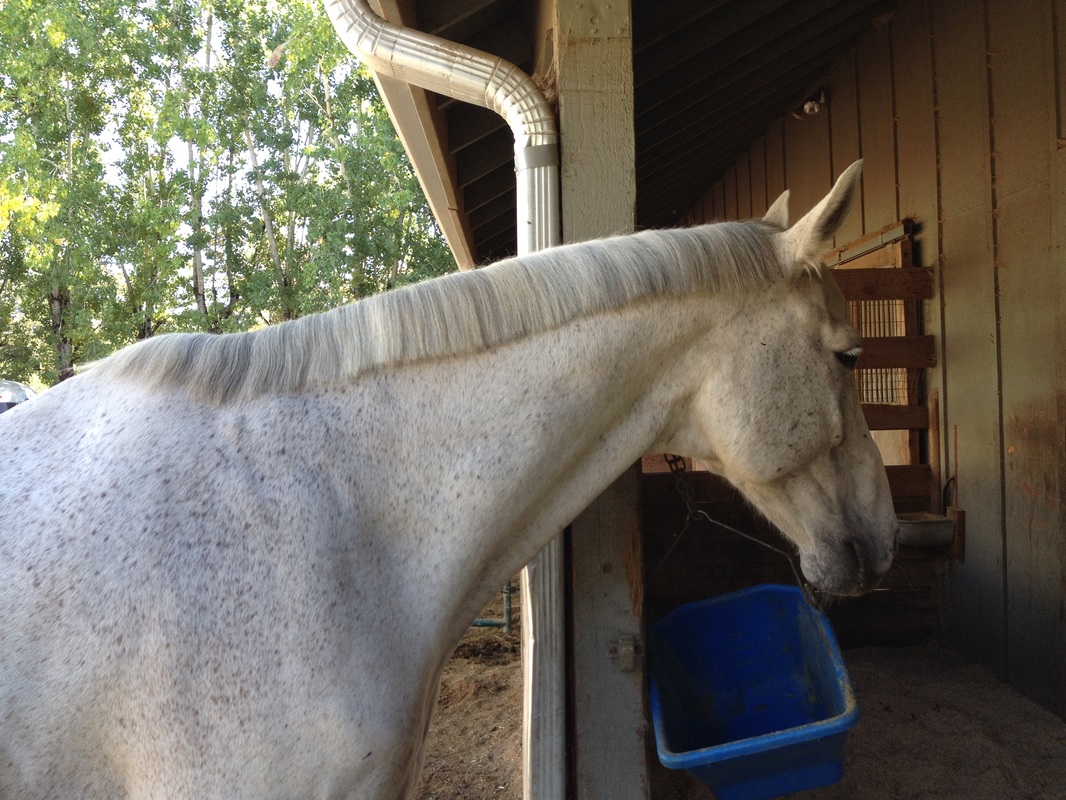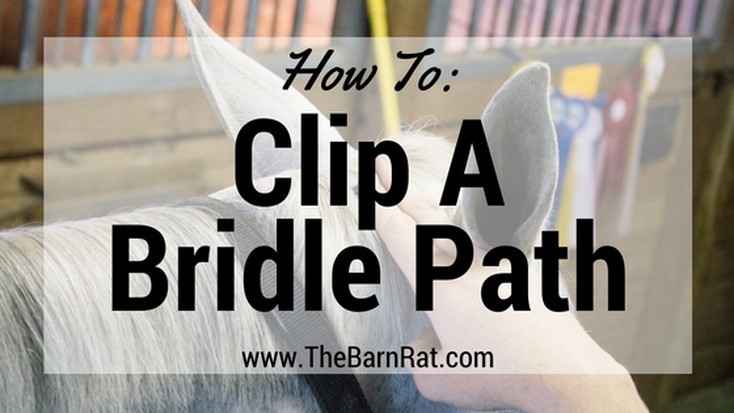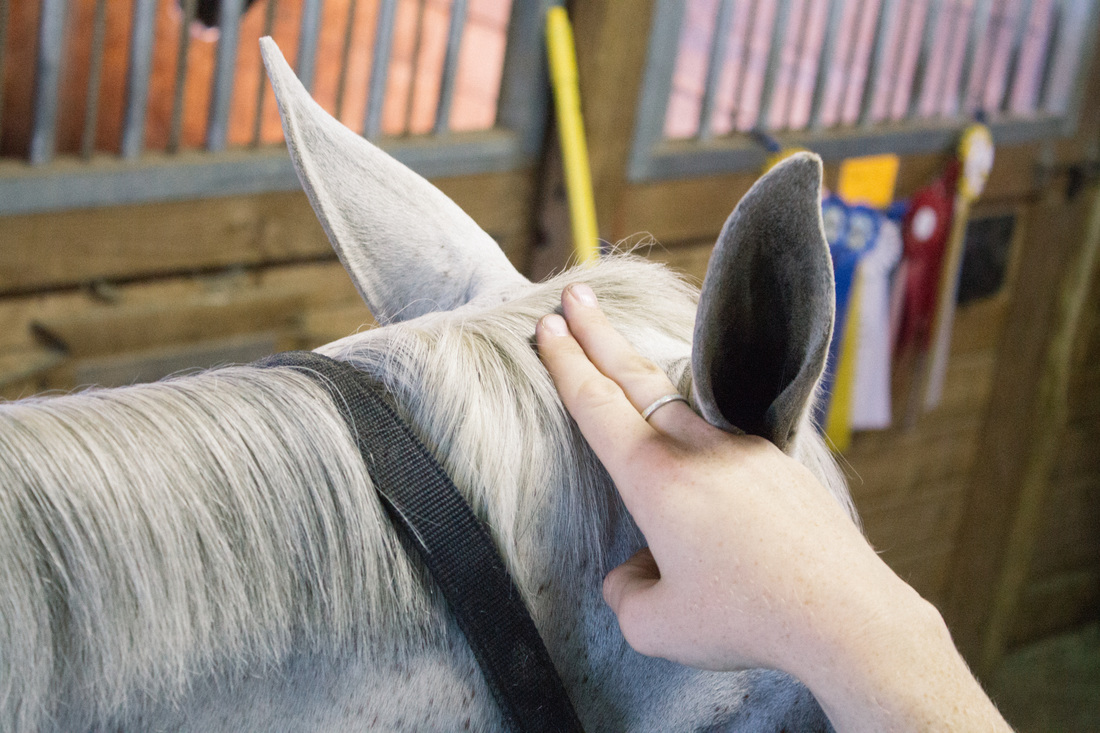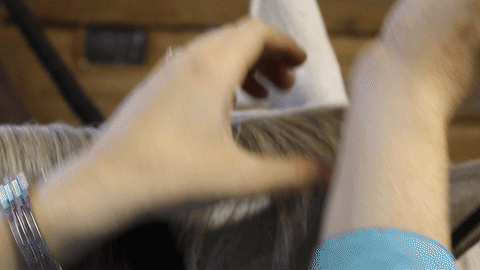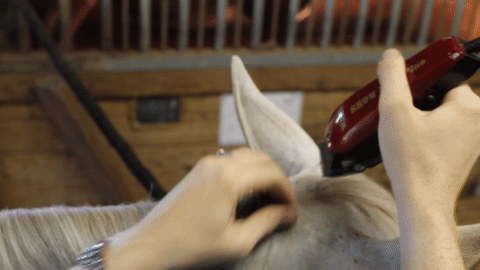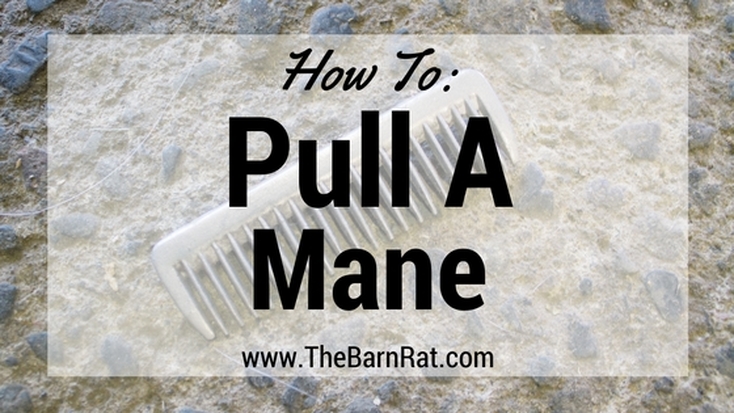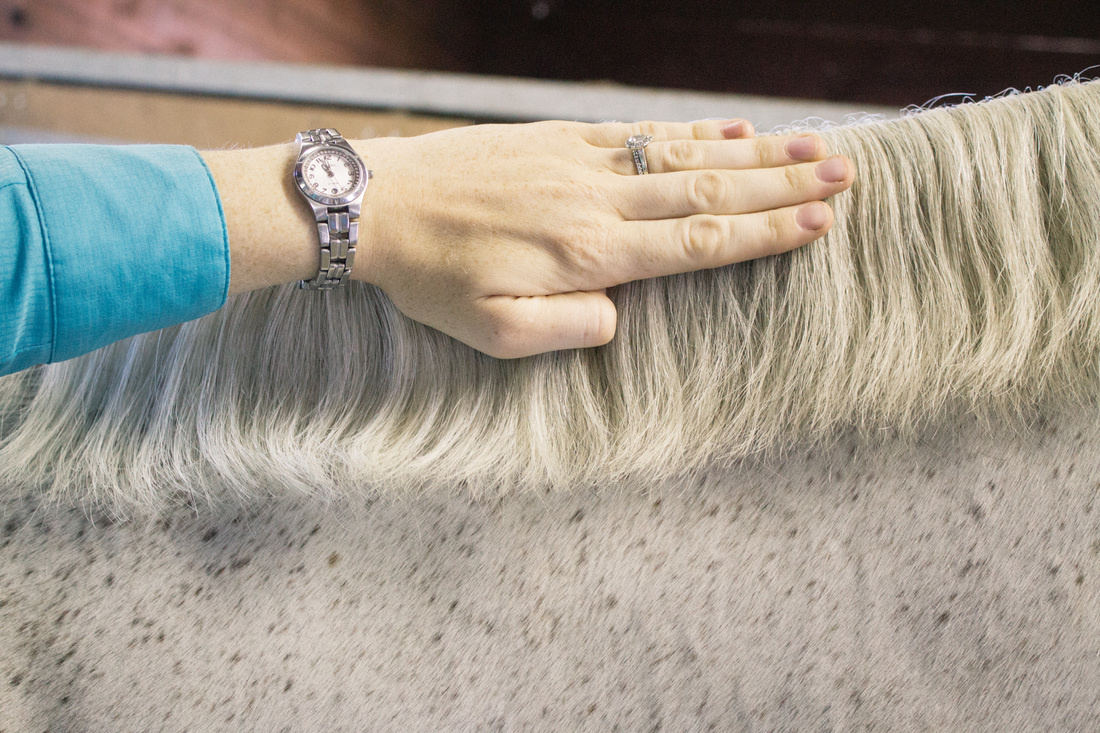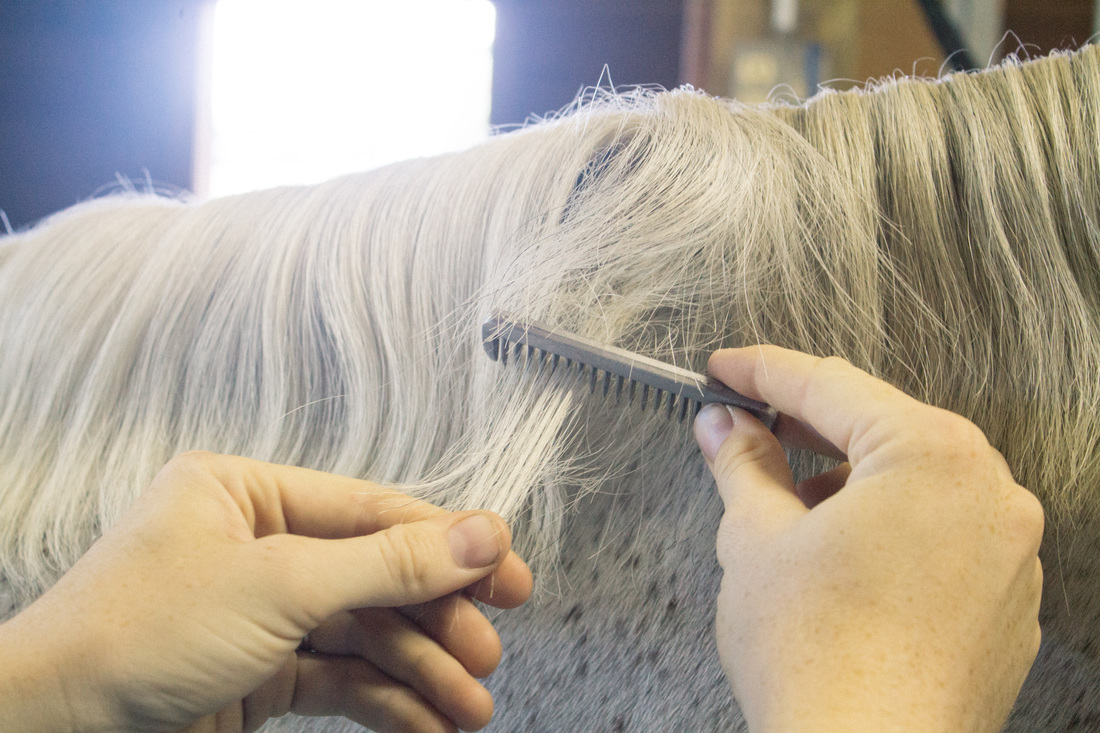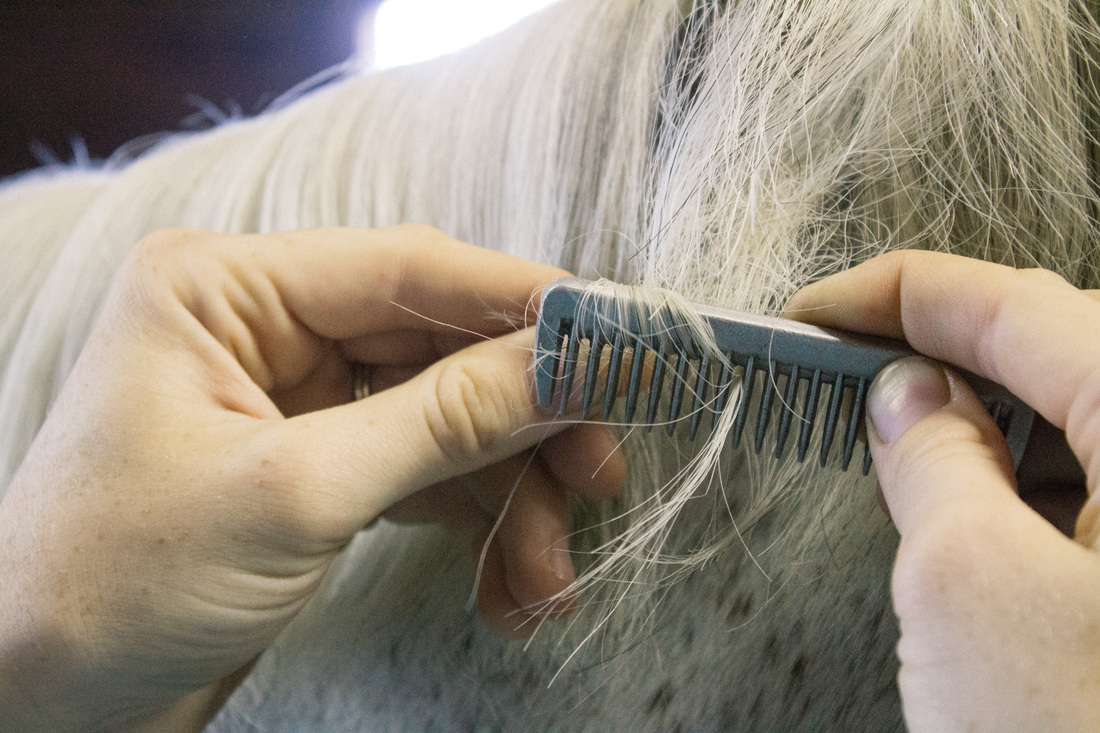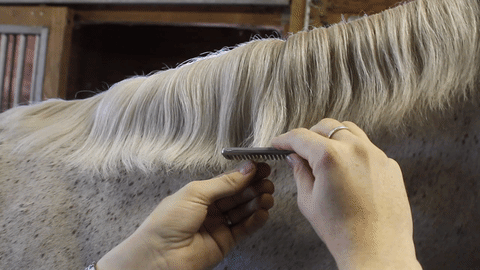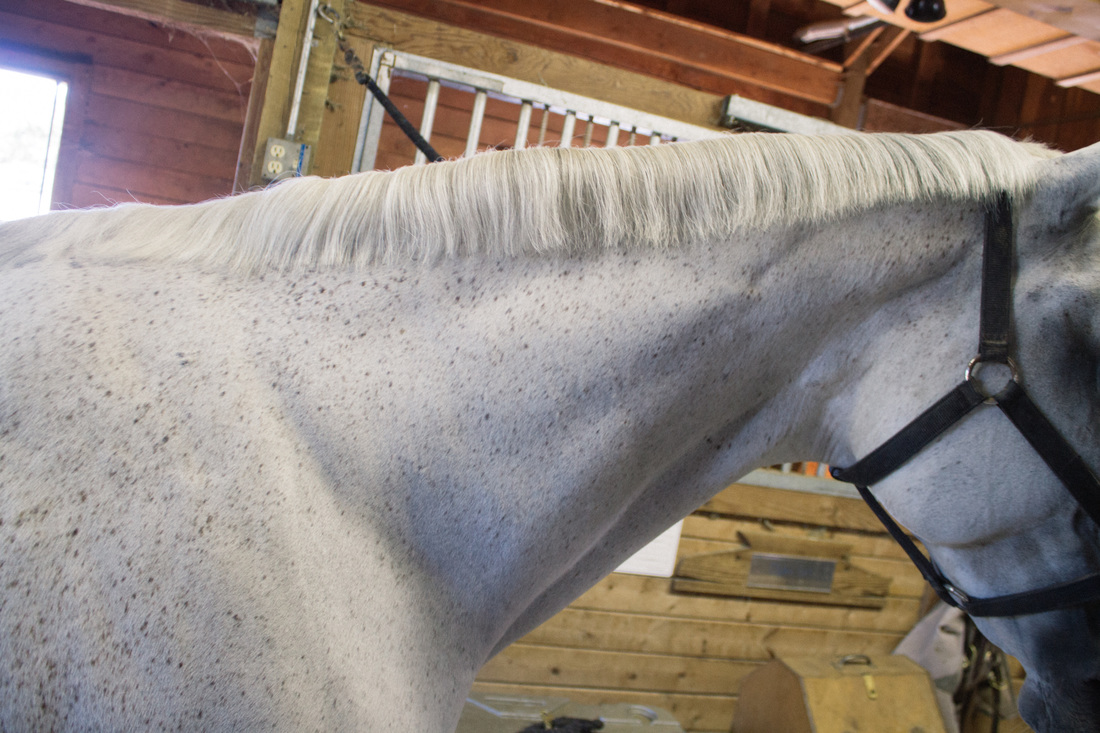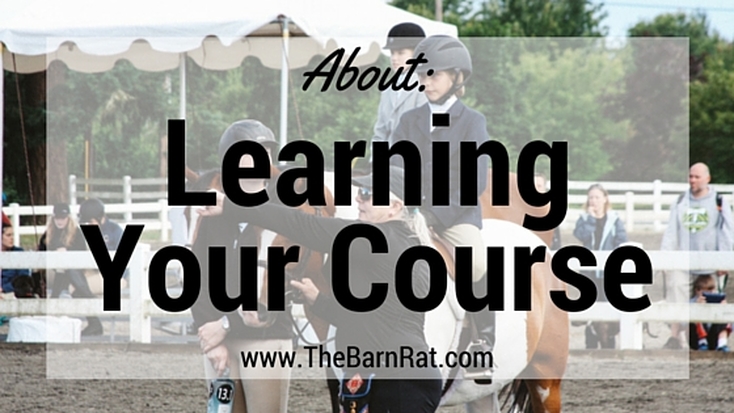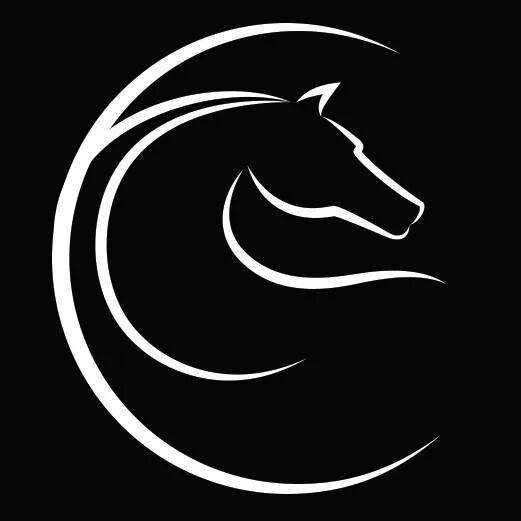|
The IEA season is just around the corner and I'm getting my backpack all ready to hit the road! As a coach I want to be prepared for anything that might come our way, so below you will see everything I have in my current ring bag. I feel like I'm pretty set, but there is always that feeling of something is missing. Hope not!
0 Comments
Daily we handle our horses. Grooming them, riding them and loving on them. Sometimes, we need to do something with our horses that they aren't particularly fond of, like clipping, delivering medication, or leading them on a windy day. When those situations occur using a restraint technique can ensure both yours and your horse's safety. Below are an overview of the most common restraints. These restraints can very in severity and are to be used with caution and understanding. Being too firm with your horse can cause them to fear you and the situation, which no one wants. If you are wanting to practice any of these techniques look to your instructor or barn manager for assistance.
Christmas is right around the corner and if you are wondering what to get the horse lover in your life consider a few items from my personal Christmas wish list below. There are many other things to get your rider friend other than anything with a horse on it. Clipping the ears and whiskers are the simplest forms of clipping that can really make your horse look sharp and show ready. Also, have clipped ears helps a horse be more accepting of earplugs because the hair isn't irritating. There are many different types of clippers that you could use for this. I recommend a pair of clippers meant for horses! These clippers have removable blades that allow for fresh new blades that offer a smoother shave and also allow the blades to be sharpened. A good starter set of clippers are the Andis or an advanced set that I love are the Wahl clippers.
Trimming the ears can be disliked by many horses. It is important that you move slowly, gently and take your time. However, you also need to stay determined and wait your horse out if they object. Once they realize you aren't going to hurt them most horses give in and let you clip their ears without argument. Sometimes a horse can have had a bad experience that you are unaware of that will make clipping their ears a real struggle. This is definitely where patience and fairness come in to play. Never get frustrated with your horse and act out emotionally. This will only make them afraid and tell them that clipping is a bad thing. In the video watch how gently I handle my horse's ears. And like with anything for horses, the more you do it the more they get better at accepting what you are doing.
When clipping the nose, make sure to clip under the bottom lip and the insides of the nostrils. There also can be some long stray hairs that go pretty high up the nose. Getting all of these little hairs helps your horse look their best. Even though most horses are well behaved for getting their whiskers trimmed I will always use my non clipping hand to hold on to their halter to help steady any sudden movements.
If you are wanting to try out earplugs you can purchase them at many tack stores, they are black so they fade away into the shadows of a horse's ears to be discrete or you can find them online. If you aren't successful in finding earplugs in person and don't want to wait on shipping you can go to a pet store and find cat toys that are the exact same, just brightly colored (this can be helpful so you don't forget to take them out). They either look like little squishy golf balls, or I've seen them look like soccer balls too. I promise these work equally as well, you just wouldn't want to horse show in them.
To put in earplugs, stand off to the side of your horse. If your horse has never worn earplugs before use on hand to gently grab the ear and the other to place the plug. Horses new to earplugs will lift their head away from you as you try to shove something in their ear, keep holding on to the ear and keep the other hand next to the ear. Once they realize you aren't going to hurt them they will let you put in the earplug. This may take some time, don't give up. Giving up tells your horse that behavior wins and the next time you try they will behave worse in order for you to stop. When your horse accepts you putting in the ear plug make sure you push it in as far as it will go. Don't worry you will not ever get the earplug in sooo far that you can't get it out. You might hear or feel a little pop, that means you've got it in the right place. The reason you need to put the ear plug so far into the horse's ear is because as soon as your finished they will most likely shake their head in order to get comfortable with this new feeling. And when they do that, if your earplug isn't in far enough it will come flying out and go bouncing down the aisle. Repeat for the other ear and voila, you're all set! If you have any questions please feel free to contact me or leave a comment! If you are under the age of 18 and enjoy jumping, then you have probably heard of the big eq classes at the fancy 'A' rated horse shows and maybe even watched with awe as these kids soared over the giant obstacles. I know that was me! For many it is the end-all be-all goal to accomplish with your riding career. And for many it truly can be the extent of their riding career. After turning 18 (and depending on the show competition calendar that is kind of complicated) you can no longer compete in the Junior divisions and then there are things like college and real life that need your attention. Below you can read about each of the different Equitation finals. They are each unique, focusing on different aspects of riding. If you have any questions about these different classes please feel free to contact me!
So, last week we learned how to pull a mane. And while I will always say to do this first and get as far as you can. Sometimes cutting the mane is just the way things need to go. There are a few instances where cutting the mane is the better option. The first, if you are trimming the mane of a jumper. Jumper manes are typically longer and they want a more straight across look to them. Another reason to pick up the scissors is if your horse already has a really thin mane and pulling out any hair would leave them bald. No one likes that look so cutting the mane is the obvious choice. The third reason would be if your horse is totally throwing a giant temper tantrum about you pulling their mane and restraining them is no longer an option. Depending on how important them behaving for mane pulling is, you could give them a sedative to help calm them down. Using a sedative though requires professional help and you should always ask your trainer to administer the drug at the correct dosage.
One of the ways to keep your horse looking fancy and taken care of, at least for us hunter/jumper people, is to have a well kept mane. Allowing a mane to grow too long really makes your horse look messy. There are two ways to maintain a mane, this post will go over how to pull the mane and in a later post I will outline how to trim a mane with scissors. It is best to learn how to pull a mane first because this is the most traditional way and the expected way if someone where to ever ask you to take care of a mane. Pulling a mane is in fact pulling the mane hair out of the mane. Now that sounds like the most traumatic thing to do to your horse. However! Horses don't have nerve endings in their mane area, so pulling out the hair causes them no pain.
Many horses, if they don't regularly get their manes pulled, will react to you doing this step. They are reacting to the pressure that pulls their neck to one side (you can see a small amount of movement in the video on the side) and not pain. If you are pulling a horse's mane for the first time go slow! Take breaks as the horse needs them and break it up into multiple days. As long as you stay calm and patient you will train a horse that calmly stands for getting their mane pulled without any fuss.
Also, start at the poll. So start right behind the horse's ears. The reason for doing this is because many horses don't really like you messing around either with their ears of just being up by their head like that. So, if you start there first they will appreciate it getting over with quickly. If you wait to do up by their ears until the end, after you have already spent time pulling the rest of their mane your horse will most likely have lost their patience with the process and be less willing to stand still for you.
When you are finished you should have a nice straight, thin mane that helps make your horse look super polished. Learning your course is a totally different thing at a show compared to when you are at home practicing. At home there is no pressure or nerves. You are not worried about what your competition is doing, what your horse is looking at or the scary jump in the far corner you are already spooking at. Many times the course your trainer is trying to teach you goes in one ear and out the other. So, here are a few tips and tricks on learning your course!
1) Assign an identifying factor to each jump. Pick the color of the flowers, the poles or the standards to help you remember which jump you are looking for out on course. Many times jumps will have similar colors so be sure to find something unique about each. 2) Repeat the course over and over in your head and aloud. After you feel comfortable that you know your course continue to go over it in your head. As you go over it you may find you get hung up on remembering one specific part. Even if you feel like you have your course down no problem be sure to repeat your course aloud to your trainer multiple times. They are responsible for knowing where you are going and making sure you don't accidentally learn the wrong pattern. 3) Watch the other riders. As the riders ahead of you are doing their round say in your head where they should be headed next and how you plan on riding the corners and turns. Not always are the riders ahead of you doing the course perfect so acknowledge their mistakes and visualize yourself doing what you want to happen. Ride your lines straight, stay deep in your corners, look early, get the right stride numbers and keeping your pace. The more you ride the course in your head the way you want it to happen the easier it will be to make it happen in real life because it will be like you have already ridden the course. Any other helpful tips you have when learning your course? Be sure to share in the comments! |
Categories
All
SponsorsInterested in sponsoring The Barn Rat? Be sure to contact us here!
|

